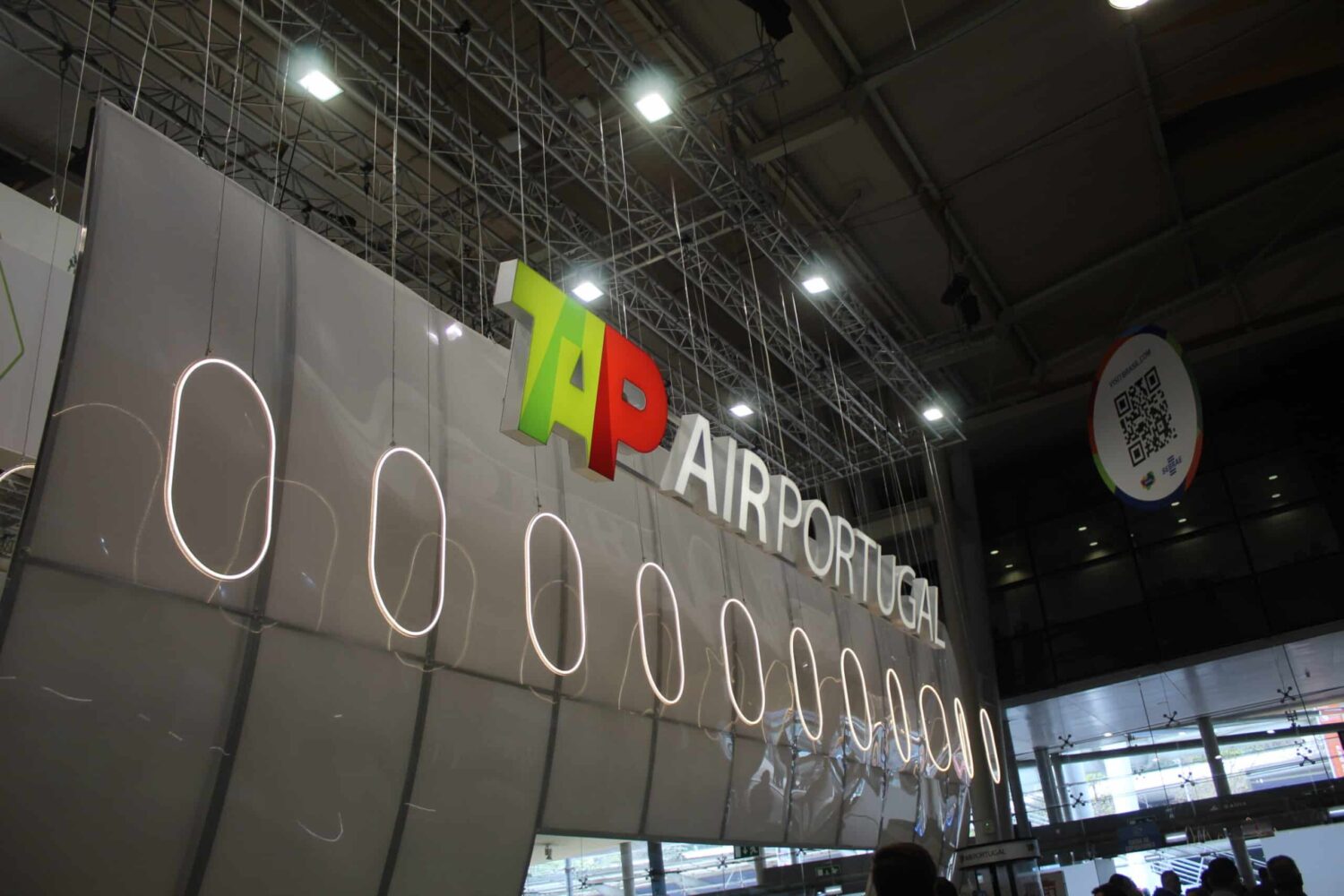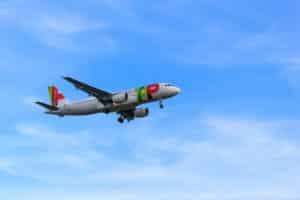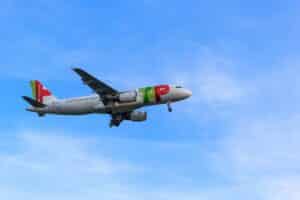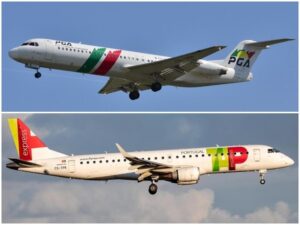Airline stresses issue “transversal to sector”; only affects “tiny percentage of flights”
Following on from the latest emergency landing prompted by ‘fumes’ (rather, ‘very bad smells), Portugal’s flag carrier, TAP Air Portugal, admits that it has been “attentive to the strange smells that have led to emergency landings”.
According to an information note issued this week, the airline stresses that the problem is “transversal to the sector”, and has only affected a “tiny percentage of flights”.
“TAP’s commitment has been outstanding on this specific issue, going beyond what is practised by the industry, closely following all the information and advances both at IATA [International Air Transport Association] and Airbus, as this is a cross-cutting issue in the sector, which has deserved constant attention from airlines and manufacturers,” said the note issued to crew members.
Wednesday saw the latest emergency landing, of a TAP Airbus A320 at Francisco Sá Carneiro Airport in Porto.
“TAP has been very attentive to these episodes, even if they are a tiny percentage, which has not prevented us from making every effort to clarify any doubts and actively and persistently seek solutions available in the industry,” the airline’s note continues, adding that following approval from Airbus manufacturers, equipment was installed on the aircraft in question to detect odours “associated with potentially toxic elements”.
The equipment “operated on four flights, and the presence of any of these elements was not detected – including the flight on which odours were reported”.
The airline intends to continue this practice on other aircraft, “to gather as much information as possible”.
Last month (on March 11), the alleged presence of odours on board and the indisposition of some of the crew led TAP’s Airbus A321neo, with 192 passengers, to divert to Porto after taking off from Lisbon bound for London, according to the quarterly bulletin of the Office for the Prevention and Investigation of Accidents with Aircraft and Railway Accidents (GPIAAF).
According to the GPIAAF, there had been prior information from the flight crew about previous problems with odours in the aircraft of the event, referring to the same day, on the two previous flights.
On the first flight between Lisbon and Funchal, “the presence of strange odours in the rear area of the aircraft” was reported.
In Funchal, maintenance services carried out an inspection of the two engines and the APU (Auxiliary Power Unit) “without any anomalies being reported”. On the second flight, from Funchal to Lisbon, “strange smells were reported on take-off, but they disappeared soon afterwards”.
“Between the event on March 11 that led the aircraft to land in Porto as an emergency and the aircraft’s return to regular service on the morning of 14 March, the operator’s maintenance services carried out work to detect the anomaly, following the manufacturer’s recommendations for this type of situation, without conclusive results,” revealed the GPIAAF.
According to the GPIAAF, in 2024, there were 1,249 reports of this type of occurrence in the European database. The industry, research organisations, and EASA, the European regulator, have been paying attention to this issue, which definitely can be traced back to pre-pandemic times.
Source material: LUSA

























